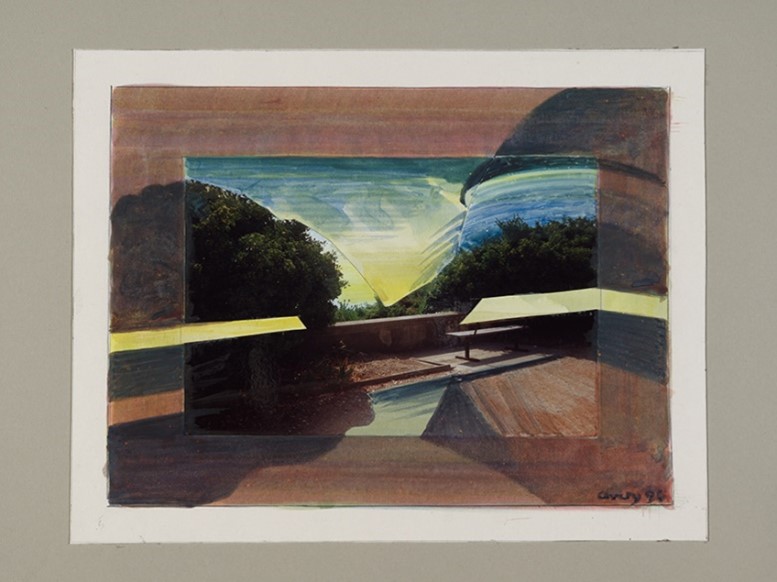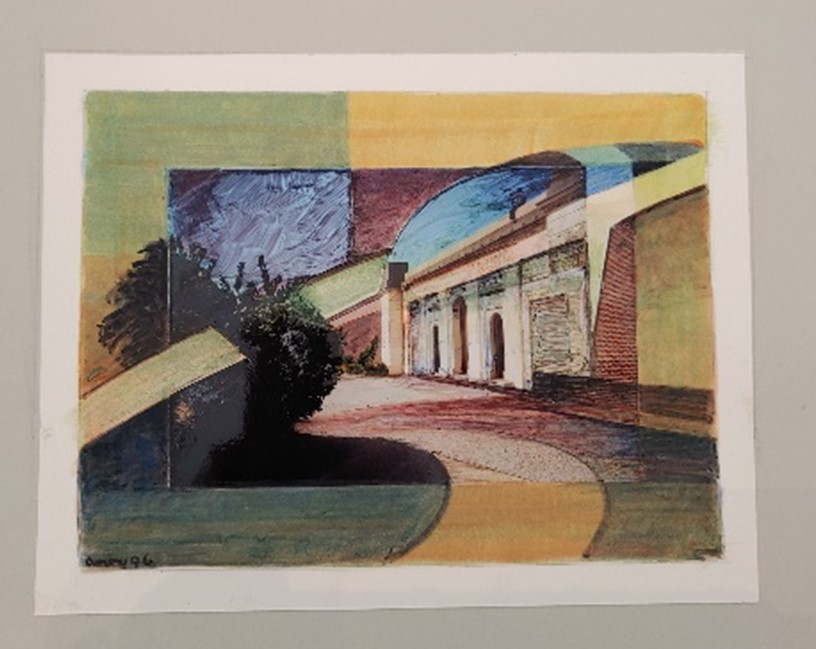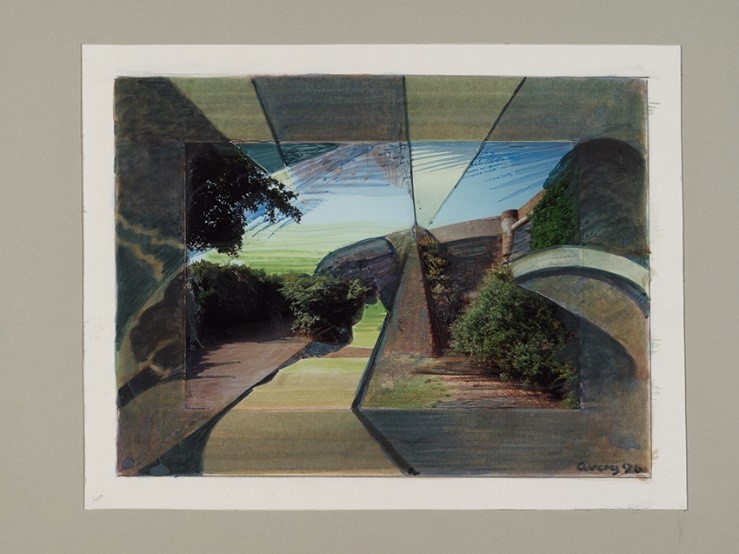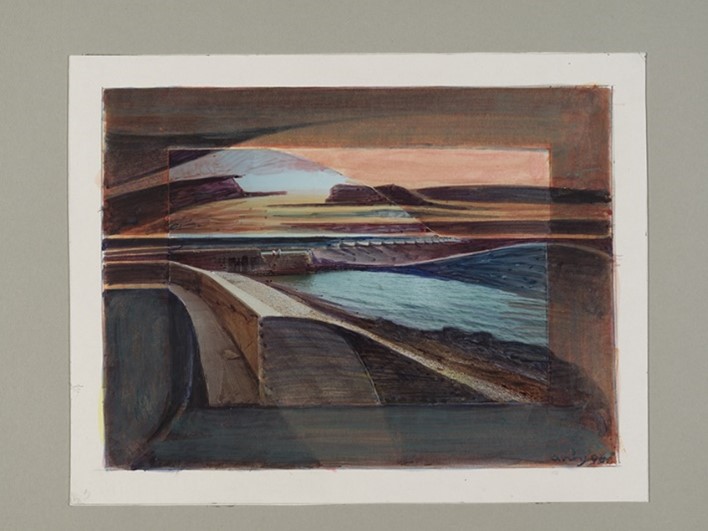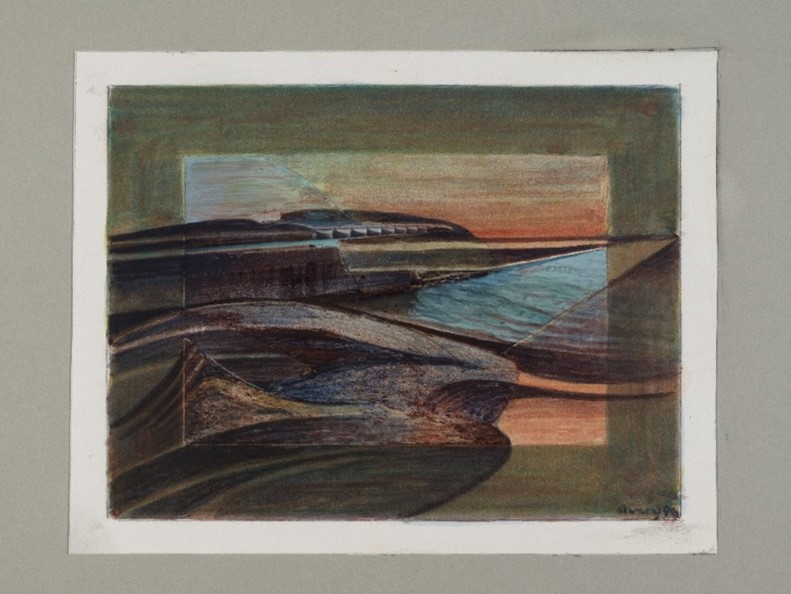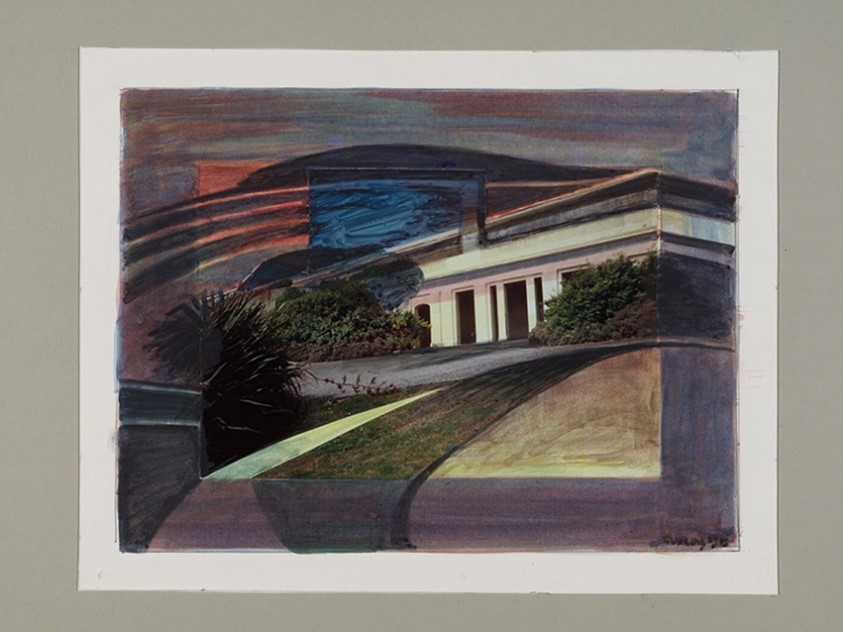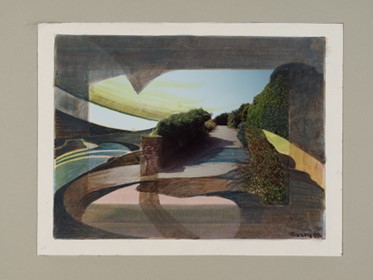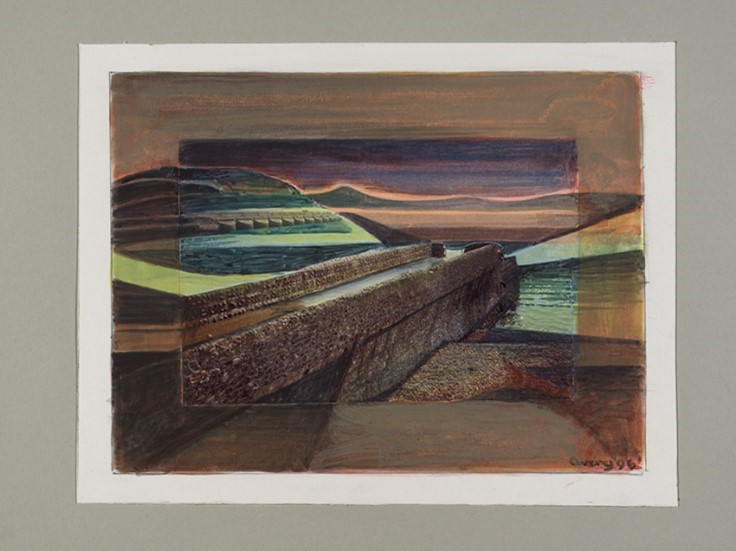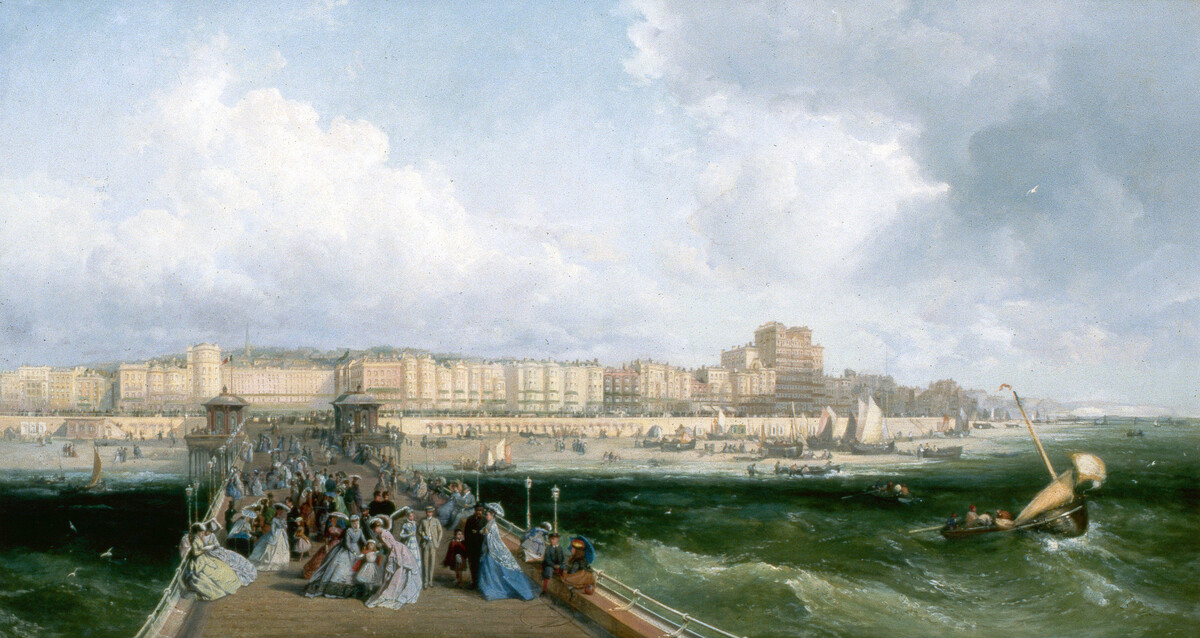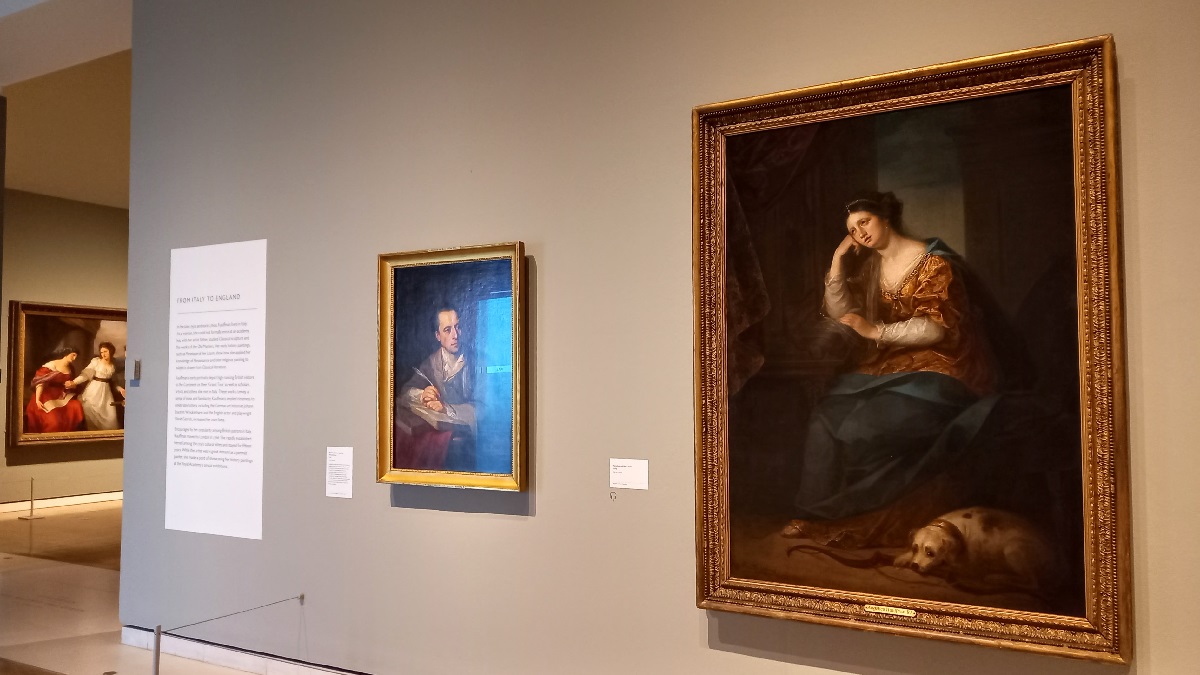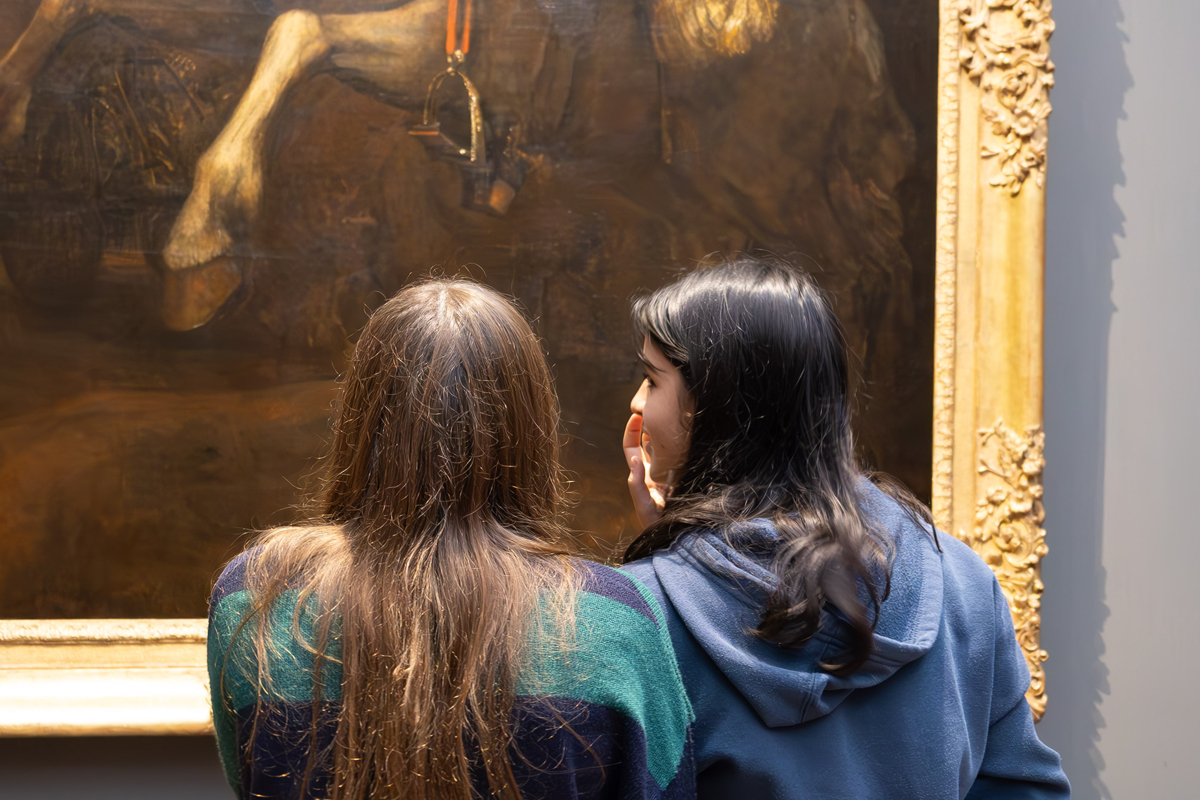Wilfred Avery and his Ambiguous Sense of Space
In 2022 Brighton & Hove Museums acquired 13 artworks by the British artist Wilfred Avery. We are extremely grateful to his partner Ray Crossley for the donation, which is supported by the Art Fund, and also for the supplementary information from the meticulous archives and technical notes kept by Ray.
Wilfred Avery was a prolific British artist. His enigmatic work evolved through different experimental styles, using oils, gouache, collage, photography and film. His main artistic concerns were with landscape and the male body, often in combination. In his work, he also explored his own sexuality as a gay man and Jungian psychoanalysis.
Avery was born in South Molton, Devon, in 1926, alongside his twin brother, the artist and writer, Sam Lock. Whilst training to be an art teacher at St Paul’s College, Cheltenham, Wilfred met Paul Nash who encouraged him to look at French modern art, which became an early influence on his work.
In 1963 following his interest in Cubism and Surrealism. he spent a year in Paris. His biography states that he attended classes taught by Alberto Giacometti and Georges Braque (who was another early influence).
In the 1960s he met his brother’s partner, the Egyptian artist Adrien de Menasce. His interest in Jungian psychoanalysis, exploring the unconscious, led to a profound change in Avery’s work. Examples are these three mixed-media collages of gouache and photographs, made in France.
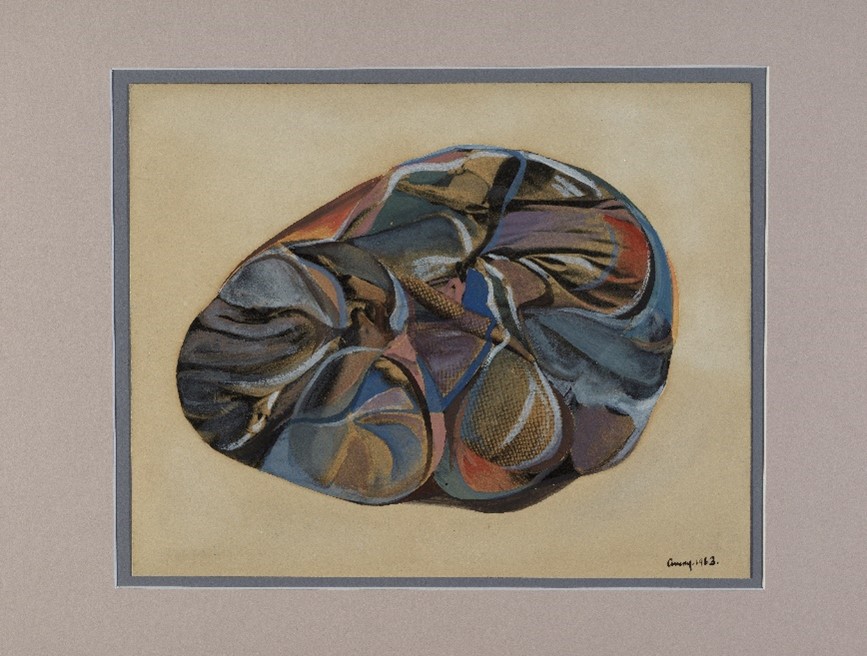
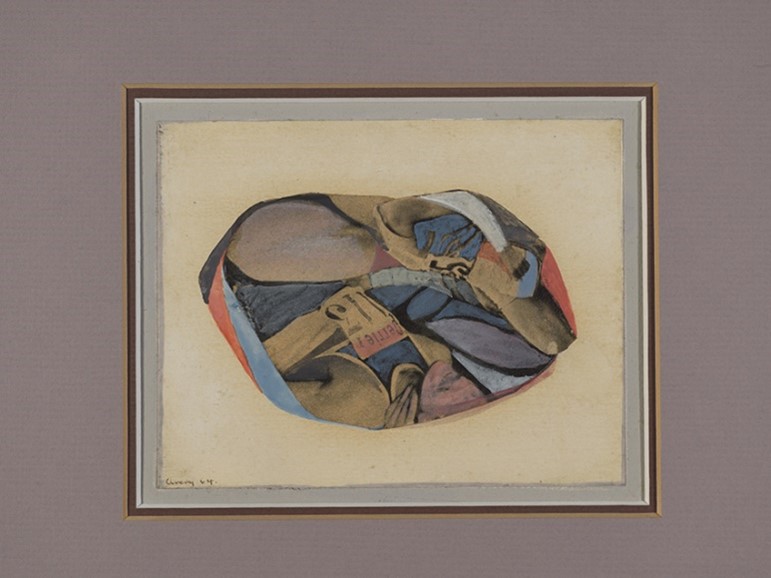
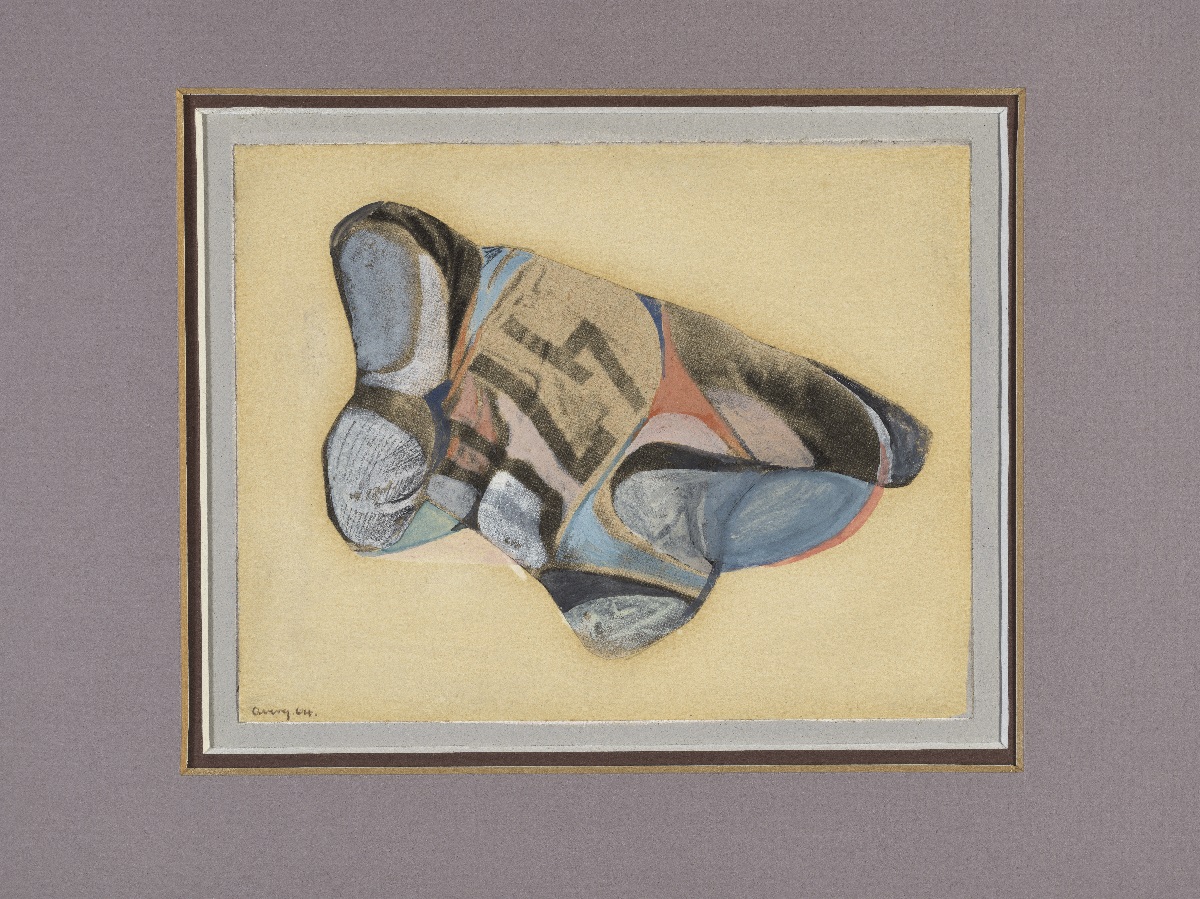
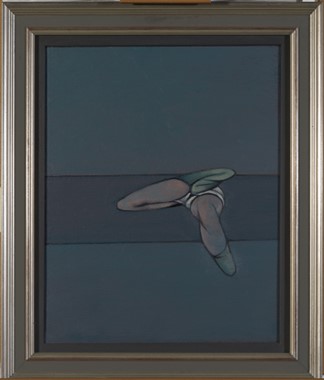
They are some of the very earliest collages by Avery, a medium much favoured by the artist throughout his working life. The collage element was very often cut out of magazines – not for the subject matter but for the form because for Wilfred it had significance. Wilfred often began each work upside-down, reapplying the forms in unnatural arrangements before adding thin layers of gouache.
Here is Eros, one of a group of 20 “Sixties Figures”, which Wilfred considered to be his most important work. In these he wished to create an ambiguous sense of space and allowed his unconscious to help create the forms. Influences include Hans Bellman’s bound dolls, Francis Bacon is another clear influence. Balthus too (the splayed legs, white pants) and Adrien de Menashe.
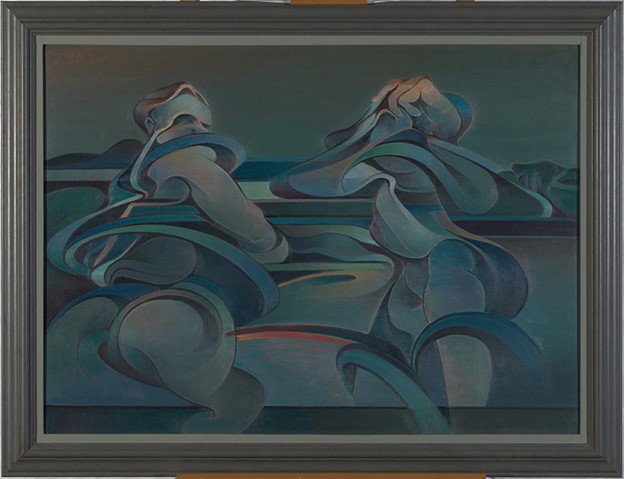
Another relationship made a great, positive, change to his life and work. In 1966 Wilfred met Ray Crossley, this was a partnership that lasted for 50 years until Wilfred’s death. Being in a committed relationship gave the artist a confidence in his sexuality, and that was reflected in the unabashed erotic figures, unusual for the time, that began to take shape in his work.
In 1976 Wilfred directed the short film David Is Homosexual for the Lewisham Campaign for Homosexual Equality. It is an important contribution to British LGBT history and a remarkable, powerful, film. It is free to watch on the BFL website.
Fed up with not fitting in with London art world, Wilfred and Ray moved first to the west country. Then in 1995 they moved to Brighton where this large painting Figures by the Sea was painted.
Avery’s painting process evolved as a process of discovery. He strived for an ‘enigmatic depth of colour’, which he achieved in Figures by the Sea with its wonderful palette of blues and striking muscular forms leaning against Brighton seafront railings. It is currently on show in Brighton Museum as part of our exhibition on seascapes, See the Sea.
Avery had a studio in Kemptown, where he experimented with new collage techniques, merging his photography with gouache and watercolour, and forms with landscapes. These eight collages are known as the Kemptown Series from 1996.
In 2006, Ray and Wilfred moved to Eastbourne, where Avery continued to work. Although not recognised greatly in his lifetime, his work is gaining recognition now.
His work is sold in auctions and represented in private collections, and in other public collections, including Museums Sheffield, RAMM Exeter, the Hepworth Wakefield, The Jerwood and the Towner Art Gallery, Eastbourne, where he spent his final years.
The Museum of Barnstaple & North Devon recently had a retrospective show of Avery’s work. Their guest Curator, Francesca Ramsay, published an accompanying monograph Wilfred Avery and the Unpredictable Image, which included images of some of the works in our collection.
Francesca Ramsay included this quote which gives an indication of Avery’s artistic motivation:
With thanks to Francesca Ramsay, who provided much of the material for this blog.
PHOTO CREDIT: Simon Bran @ Pinpoint Photography.

